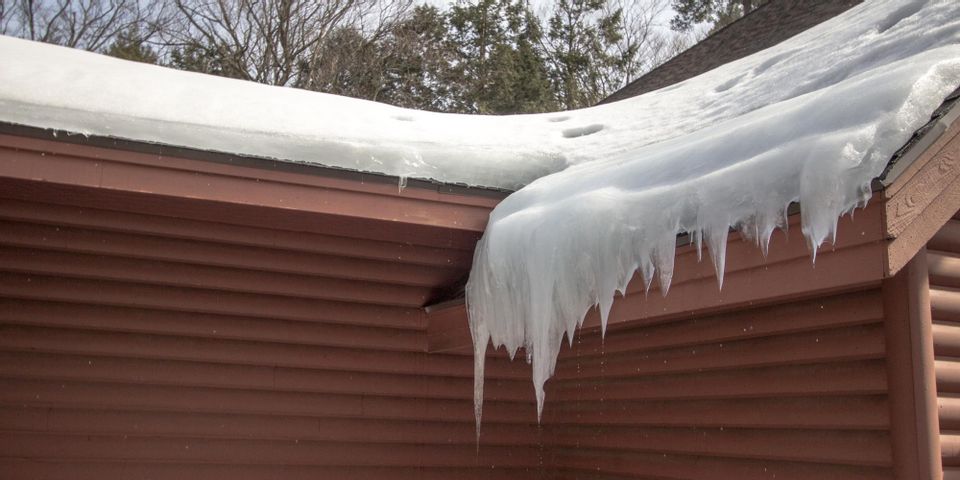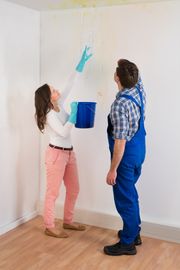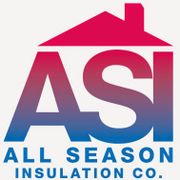
An ice dam is a barrier of frozen water that forms at the edge of a roof. Typically caused by a lack of insulation, this issue can jeopardize the house’s systems and building materials. Luckily, preparing your home before the first frost arrives will help you avoid this issue. Use the guide below to get started.
What Are Ice Dams?
To understand the dangers of ice dams, it can be helpful to know how they form. When a home interior heats up, any snow and ice on the roof start to melt, running down to the roof's edge. At the edge, the temperature of the roof is naturally cooler, so the water refreezes. Over time, this forms a ridge of ice that blocks runoff.
 Ice dams often accumulate along the gutters, adding excess weight to them. As a result, they can break and pull away from the home.
Ice dams often accumulate along the gutters, adding excess weight to them. As a result, they can break and pull away from the home.
Water that doesn’t drain can also seep under the shingles, peeling them away from the roof. As gaps develop, leaks may damage ceilings and walls. If they go unresolved, they might lead to mold growth, which is a health risk for residents, especially those with allergies or respiratory issues.
What Should You Do to Prepare in the Fall?
Having sufficient attic insulation prevents ice dams. Insulation prevents heat from escaping and maintains cooler, more even temperatures throughout the roof. As a result, melted snow and ice naturally drain off through the gutters without refreezing.
Roof ventilation also protects your home when used in conjunction with insulation. Roof eaves and ridges should have vents that promote adequate airflow, remove heat, and support consistent interior temperatures.
If you plan on getting a new roof soon, consider a waterproof underlayment for further defense against ice dams. Before the roofing contractor lays the shingles, they will attach a sheet of waterproof material to provide an extra layer of protection against leaks.
To prevent ice dams in the winter, have your insulation inspected by All Season Insulation LLC. They have served homeowners throughout the Cincinnati, OH, Northern Kentucky, and Dayton, OH, regions since 2013. They will evaluate your property and identify the spots where more insulation is needed. Call (513) 316-7622 to schedule an appointment, or visit them online to learn more about their products.
About the Business
Have a question? Ask the experts!
Send your question

